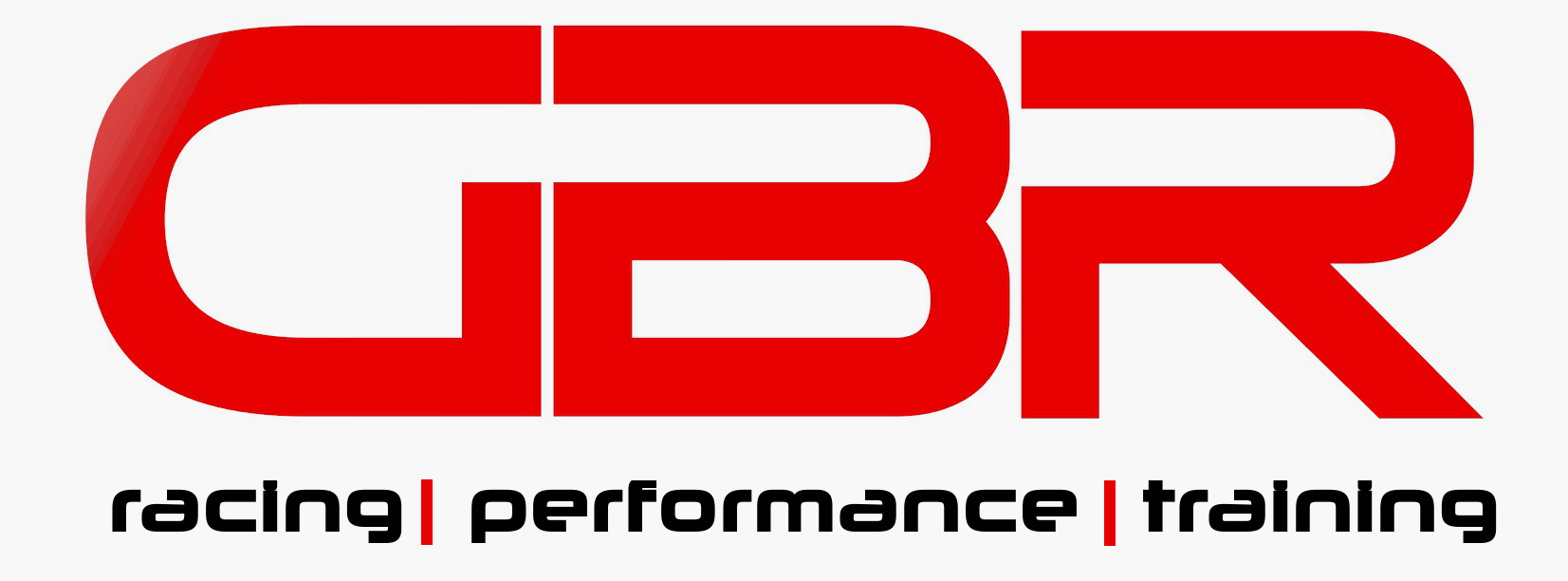As Government relaxes the Covid-19 measures, it is only natural to consider the future but what will be the new normal?
What is the new Normal?
This is time to see things as they really are, to think about what impact the last few months have had on your business, and what the coming weeks, months or years will present in the way of opportunities and challenges.
This way the business can be proactive instead of reactive.
But trying to imagine what your customer’s needs and wants were yesterday is hard enough, trying to predict future trends looks almost impossible.
However, breaking the ‘future’ into time periods or ‘terms’ can help with future planning. This article uses the example of air conditioning to illustrate how future planning can be incorporated into your business.
In reality, nobody knows exactly what will happen in the future, but there are trends and prediction models available that can be used to outline possible scenarios. Waiting for something to happen then reacting is never going to be as effective as preparing for it.
Short Term
The next few weeks or month can be viewed as the short term and is easiest to predict, it’s  what is happening now, or what is about to happen. This is the time frame most of us are most comfortable with, but it is very reactive in planning terms. Yes, we need a degree of flexibility to respond to the latest Government advice, and there is always something we should have seen coming but didn’t. Like a sudden warm spell and finding out the air conditioning servicing machine is broken, or out of gas, this is reactive planning.
what is happening now, or what is about to happen. This is the time frame most of us are most comfortable with, but it is very reactive in planning terms. Yes, we need a degree of flexibility to respond to the latest Government advice, and there is always something we should have seen coming but didn’t. Like a sudden warm spell and finding out the air conditioning servicing machine is broken, or out of gas, this is reactive planning.
Mid Term
The next quarter or 90 days can be viewed as the midterm, in planning models, this term is first opportunity to be really proactive, to implement processes or changes in the operation of the business to meet future needs. It could be as simple as purchasing a new air-conditioning servicing machine ready for the warmer months, during February. This pro-active planning did not forecast the good weather in May, but it accounts for the high probability that airconditioning work will increase during the warmer months of the year.
first opportunity to be really proactive, to implement processes or changes in the operation of the business to meet future needs. It could be as simple as purchasing a new air-conditioning servicing machine ready for the warmer months, during February. This pro-active planning did not forecast the good weather in May, but it accounts for the high probability that airconditioning work will increase during the warmer months of the year.
Long term
The period beyond the next 90 days up to a year could be viewed as the Long Term. Most of the planning in this time period is based on projections or past experience. But due to the unprecedented circumstances, we find ourselves in, there is no projection or experience of a global pandemic in living memory.
This is the period where planning could make the biggest difference, ensuring your business has the vision to see it through tough times.
This could be buying the air-conditioning unit that services R1234yf as well as R134a gas before you have had a job that necessitated it, knowing you can upsell the service on all cars and that your competitors can’t. This is hardly Nostradamus at work, legislation is already in place that mandates all mobile air conditioning units sold after 2021 will use 1234yf gas. A vehicle survey of vehicles already using this gas could inform your decision further, along with a review of the available equipment currently for sale.
Far Term
The far-term is the period beyond a year and up to a decade and yes it requires imagination and creativity to predict, but it isn’t as hard as it first appears.
If you are prepared to do some research, spend some time reading, and take an interest in global business affairs it isn’t so difficult to come up with business models of the future.
Such as arranging staff training on air conditioning fault finding, hybrid and electric vehicle air-conditioning systems and keeping an eye on new systems entering the market. The work we undertake will change as the vehicle parc transitions to ULEV’s. Heating and ventilation systems will remain long after the internal combustion engine.
The actual time periods are not set in stone, but having a time framework that aligns with your business planning makes future planning easier to incorporate into your business vision. Adjusting to the new normal as part of your amended business plan will help you to become a more proactive business.
Here are some ideas to help start you thinking about the New Normal.
Short Term
Opportunities
Increased vehicle use as more people return to work
Vehicles that have been neglected or unused during lockdown
More disposable income due to bars/restaurant closures
Threats
Changes in customer interaction (social distancing)
More people working from home (less travel)
Less income due to furlough or redundancy
There are endless other possibilities, each business needs to look at its own unique situation and start preparing for their new normal.
Midterm
Economic predictions of a recession must be considered, there was a quarterly decline of 2.6% in the first three months 2020. This represents the biggest contraction since the end of 2008 when the world’s major economies sank into recession.
Preparing now, for a significant downturn in the economy is essential. The cost-cutting exercise most businesses performed at the start of the Covid-19 resulted in the deferring of some payments and services. Re-visiting these plans and negotiating the best deals to ensure businesses are cutting their cloth accordingly should be done before the end of the current agreements. Staff reviews and changes to the furlough scheme during this term mean hard decisions will need to be made to ensure the viability of the business. Increased workloads as the MOT extension ends along with repairs due to inactivity or customers not ‘risking’ going out, will distort the outlook initially.
Long Term
With the financial pinch now being felt across the country, sales of new cars will slow, meaning there is more opportunity for repairs to older vehicles.
There will be schemes to incentivise new car buying much like the scrappage scheme, but in reality, they only help those who can afford a new car in the first place. Yes, some of the vehicle parc will disappear, but the average age of a vehicle on UK roads is 7 years old.
Independent garages offering high levels of service should be able to attract customers from the dealerships, who will have servicing plans and workshop offers in place to desperately keep customers.
Any business that took advantage of the VAT deferral or Covid-19 Bounce back loans will be faced with the reality of making these payments during this term. Business rates suspensions will come to an end, so financial planning now will make the transition easier.
There are a number of ways to plan for the return to the new normal, but consulting with a financial professional is the best advice.
However, simply using a savings account to put a bit aside (10-20%) from every transaction is an effective way to prepare for VAT, that many small businesses already use effectively. If this isn’t possible then the business is probably already on the verge of insolvency and professional advice is now imperative.
Far term.
With sales of ICE vehicles banned from 2035, and manufacturers desperately trying to make sales of new vehicles, incentives to buy ULEV’s may have a greater impact on the number of electric and hybrid vehicles than previous schemes. The high cost of these vehicles may push consumers into lease deals, or they may continue to buy the older cheaper ICE technology.
The number of cars per household drops, due to increased austerity measures, while the average age of the UK vehicle parc remains around the same. (7 yrs old)
In 2025 current predictions suggest there will be 5 million electric vehicles on UK roads, (there were 2500 in 2011) the average UK vehicle was sold in 2018.
Businesses that elected to take advantage of the bounce back loan offer are still making repayments, and new austerity measures are in place to help the country recover, including higher rates and taxes for businesses.
In 2030 there will be over 8 million ULEV’s and the average vehicle on UK roads has yet to be built.
Independent garages are either offering a genuine alternative to the main dealer, with the facilities to service and repair ICE and ULEV’s or continue to offer repairs on ICE vehicles only. Some OEM’s only offer ULEV’s for sale and are reducing support for ICE technologies, in line with EU policy.
Increasing technology advances in automation and other sub-systems requires permits or licences to work on these systems, preventing DIY on these vehicle systems.
What does your new normal look like?
The future is bright, but you need to plan to take advantage of the opportunities that will undoubtedly present themselves in the short, mid, long and far terms.
As people begin to travel again, they will need their cars, and highly skilled professionals to service and repair them.
Perhaps you could take some time to plan business models that prepare for this or even the future for personal mobility.
Good luck.



